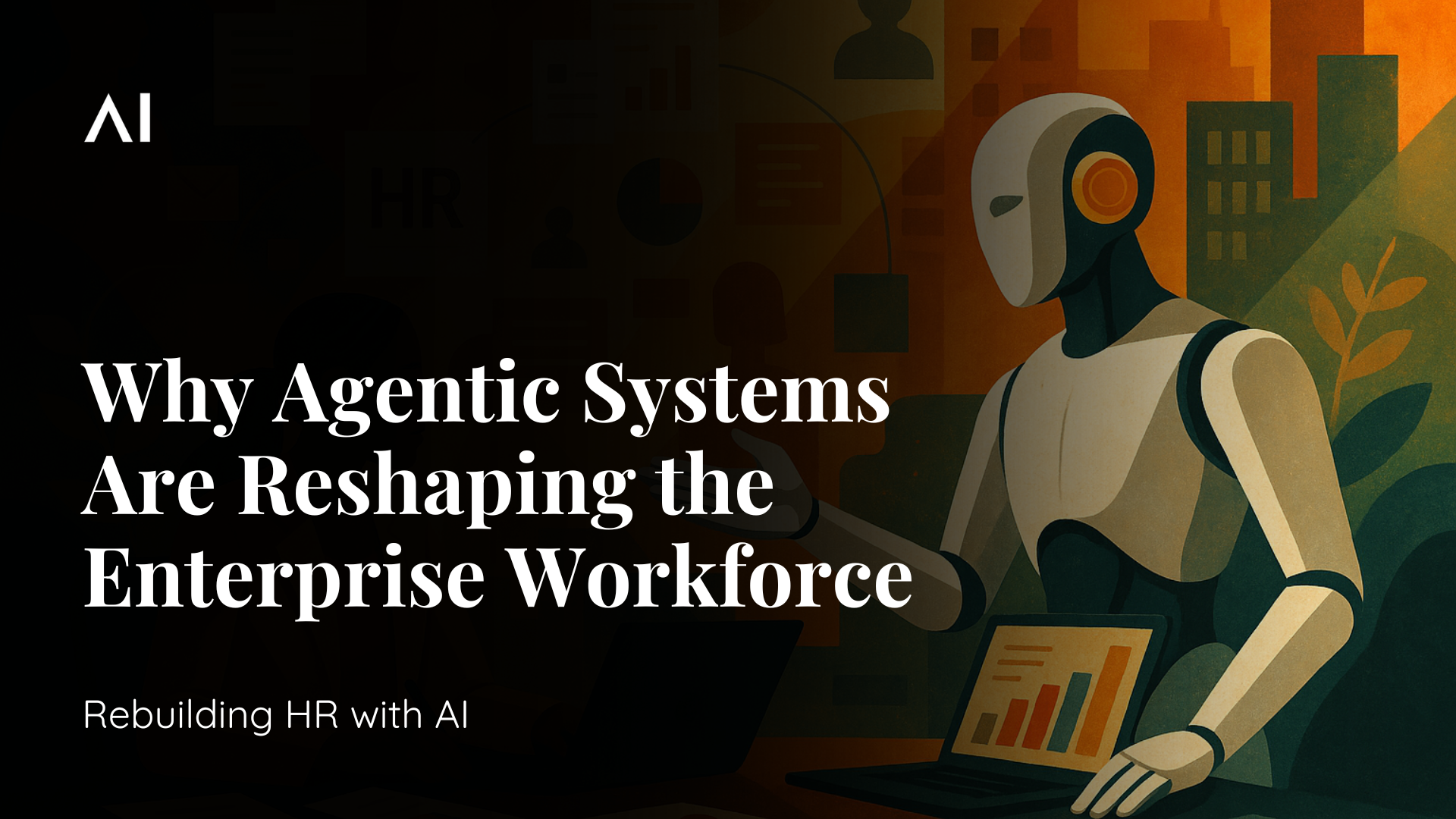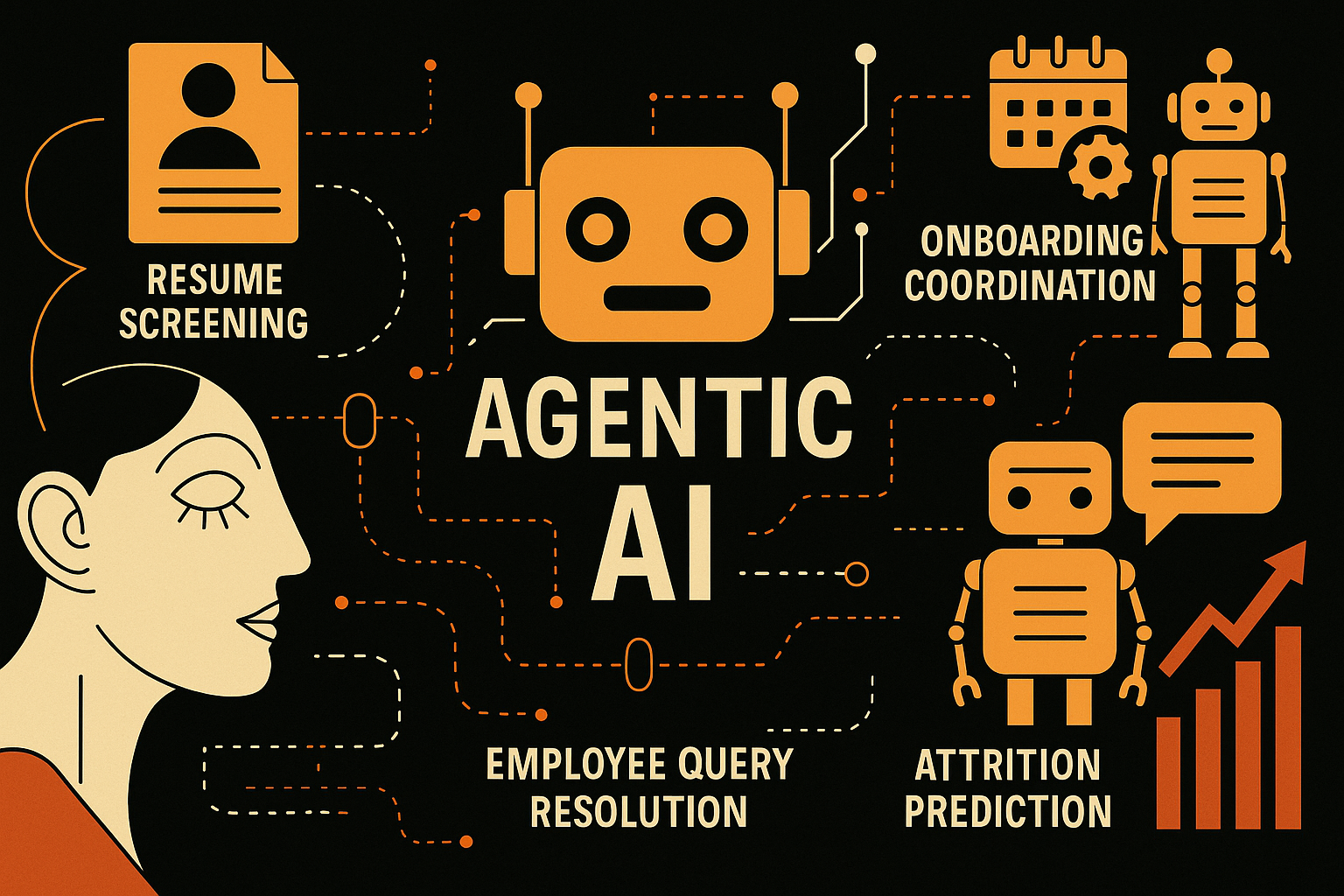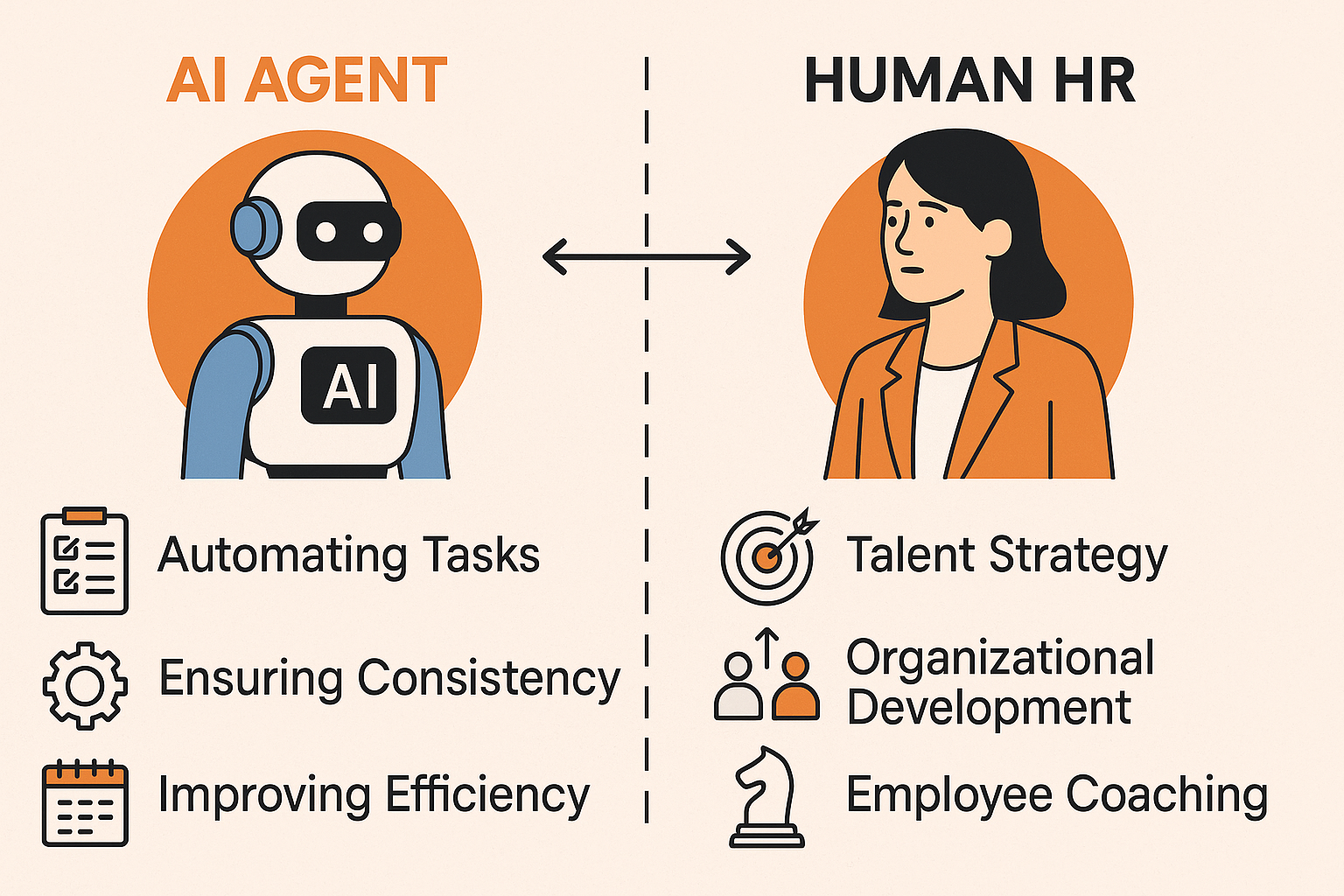Join our WhatsApp Community
AI-powered WhatsApp community for insights, support, and real-time collaboration.
IBM quietly did what many feared—replaced HR with AI. But this isn’t a takeover. It’s a wake-up call: Agentic AI is here, and it’s running the enterprise.

| Why is AI important in the banking sector? | The shift from traditional in-person banking to online and mobile platforms has increased customer demand for instant, personalized service. |
| AI Virtual Assistants in Focus: | Banks are investing in AI-driven virtual assistants to create hyper-personalised, real-time solutions that improve customer experiences. |
| What is the top challenge of using AI in banking? | Inefficiencies like higher Average Handling Time (AHT), lack of real-time data, and limited personalization hinder existing customer service strategies. |
| Limits of Traditional Automation: | Automated systems need more nuanced queries, making them less effective for high-value customers with complex needs. |
| What are the benefits of AI chatbots in Banking? | AI virtual assistants enhance efficiency, reduce operational costs, and empower CSRs by handling repetitive tasks and offering personalized interactions. |
| Future Outlook of AI-enabled Virtual Assistants: | AI will transform the role of CSRs into more strategic, relationship-focused positions while continuing to elevate the customer experience in banking. |
IBM’s announcement in May 2025—that it had replaced hundreds of HR roles with AI agents—wasn’t just a media flashpoint. It was a signal that Agentic AI has matured enough to manage critical, high-touch enterprise functions.
But what’s striking isn’t just the fact that AI is being used in HR—it’s how it’s being used. This isn’t about automating a few emails or scheduling interviews faster. This is about deploying decision-making digital agents that work independently, remember historical context, interact with enterprise software, and evolve over time.
The idea of a “digital HR team” is no longer futuristic—it’s operational.
For a deeper dive into why your business might need its first AI agent, read Your Enterprise Needs an Agent.
Traditional automation in HR has focused on routine tasks—automated reminders, pre-screening forms, and email responders. But these systems are reactive. They operate in silos. They forget what happened last week.
Agentic AI is fundamentally different.
This multi-layered intelligence turns the AI agent from a helpful assistant into a digital team member—one that doesn’t sleep, scale-bound, or require retraining after policy updates.
Enterprise functions like finance or legal require nuanced interpretation of regulation or sensitive real-time judgment. HR and Learning & Development (L&D), while important, are often built around repeatable frameworks—making them ideal for automation.
Let’s consider a few use cases where Agentic AI outperforms manual systems:

The AI doesn’t just perform tasks—it learns from every workflow, improving recommendations and adapting to workforce dynamics over time.
For leaders evaluating this transition, it's crucial to understand the underlying architecture of Agentic AI in HR.
This isn’t a plug-and-play chatbot. It’s a full-stack, enterprise-grade autonomous system built to handle real-world complexity.
To see how workflows beyond HR are being reshaped in 2025, explore How Agentic Workflows Are Reshaping Business Automation.
Replacing HR roles with AI doesn’t mean eliminating the HR department. It means elevating the role of humans in that department.
As AI agents take over repetitive tasks, human HR professionals can focus on:
This reallocation of effort unlocks true strategic HR—a version long promised but rarely realized due to the burden of operational tasks.
It also eliminates inconsistency. AI brings uniformity to policy enforcement, training rollouts, and employee engagement—especially critical in large, global organizations.
What do companies stand to gain from Agentic AI in HR?
Let’s quantify it:
These improvements aren't just about cost-cutting—they drive better employee experiences, higher retention, and more strategic workforce planning.
If you’re a CHRO, CIO, or Head of Digital Transformation, here’s how to prepare:
Want to understand where Agentic AI is heading in the next 10 years? Read our forward-looking blog: AI’s Next Decade: Rise of Agents
While HR is the starting point, the blueprint for Agentic AI extends across enterprise functions:
HR simply shows us what’s possible—AI agents aren’t a trend, they’re a foundational layer of the enterprise of tomorrow.
From real-time personalization to omnichannel integration, these agents solve long-standing bottlenecks in CX tech stacks. For a deep dive, don’t miss: Agentic AI for CX Leaders: Solving Scalability, Integration, and Personalization Challenges
Finally, leaders must ask: How do we prepare for a future where Agentic AI is embedded across the entire organization?
Here’s a future-facing checklist:
1. Digital Literacy Training – Make AI awareness a part of onboarding, so every employee understands how AI agents support their journey.
2. AI-Powered Internal Mobility – Use agents to suggest internal opportunities to employees based on performance, skills, and aspirations—creating a self-evolving talent ecosystem.
3. Cross-Functional Agent Design – HR doesn’t work in isolation. Build agent workflows that span HR, IT, Finance, and Admin for seamless hiring, onboarding, and operations.
4. Enterprise Agent Marketplace – Over time, enterprises can standardize and reuse AI agents across business units—creating a library of pre-trained internal agents for roles like Recruiter Agent, Trainer Agent, Retention Analyst Agent, etc.
5. AI-First KPI Tracking – Develop new performance metrics that account for AI-human collaboration, not just traditional outputs. For example, measuring time saved, context handled, and satisfaction scores attributed to AI support.

AI isn’t replacing human capital. It’s redefining how we use it.
Agentic AI lets HR leaders become strategists instead of administrators. It gives enterprises real-time insight into their workforce. It improves fairness, efficiency, and accessibility across the board.
The future isn’t less human. It’s more human—because AI is finally taking care of the rest.
Fluid AI is an AI company based in Mumbai. We help organizations kickstart their AI journey. If you’re seeking a solution for your organization to enhance customer support, boost employee productivity and make the most of your organization’s data, look no further.
Take the first step on this exciting journey by booking a Free Discovery Call with us today and let us help you make your organization future-ready and unlock the full potential of AI for your organization.

AI-powered WhatsApp community for insights, support, and real-time collaboration.
.webp)
.webp)

Join leading businesses using the
Agentic AI Platform to drive efficiency, innovation, and growth.
AI-powered WhatsApp community for insights, support, and real-time collaboration.